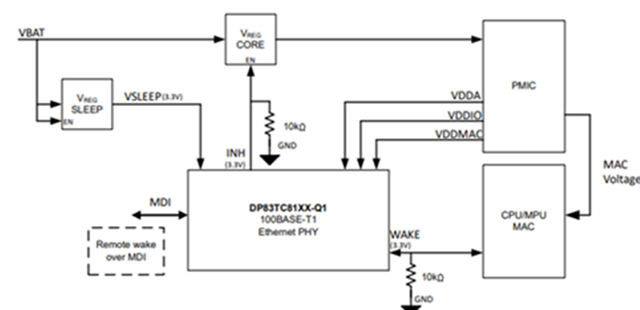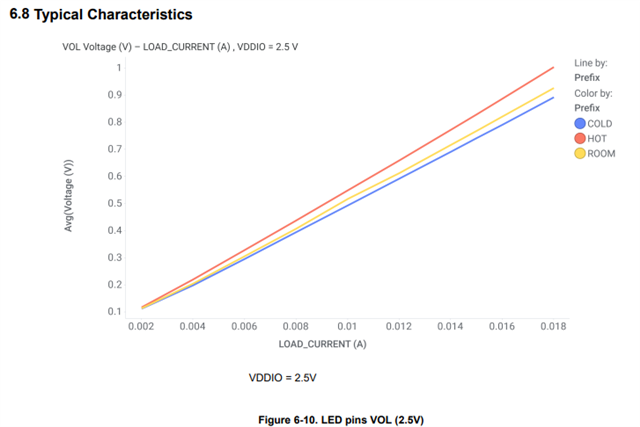Tool/software:
Hello Expert!
Nice to meet you.
I plan to introduce DP83TC812R-Q1 to my customer.
in this process, i have a question.
do they have to use LDO as shown in the figure below? Could they get VSLEEP (3.3V) from PMIC?

it means that why we use LDO in DP83TC812R-Q1?
Is this really necessary for sleep mode?
Thank you!!




